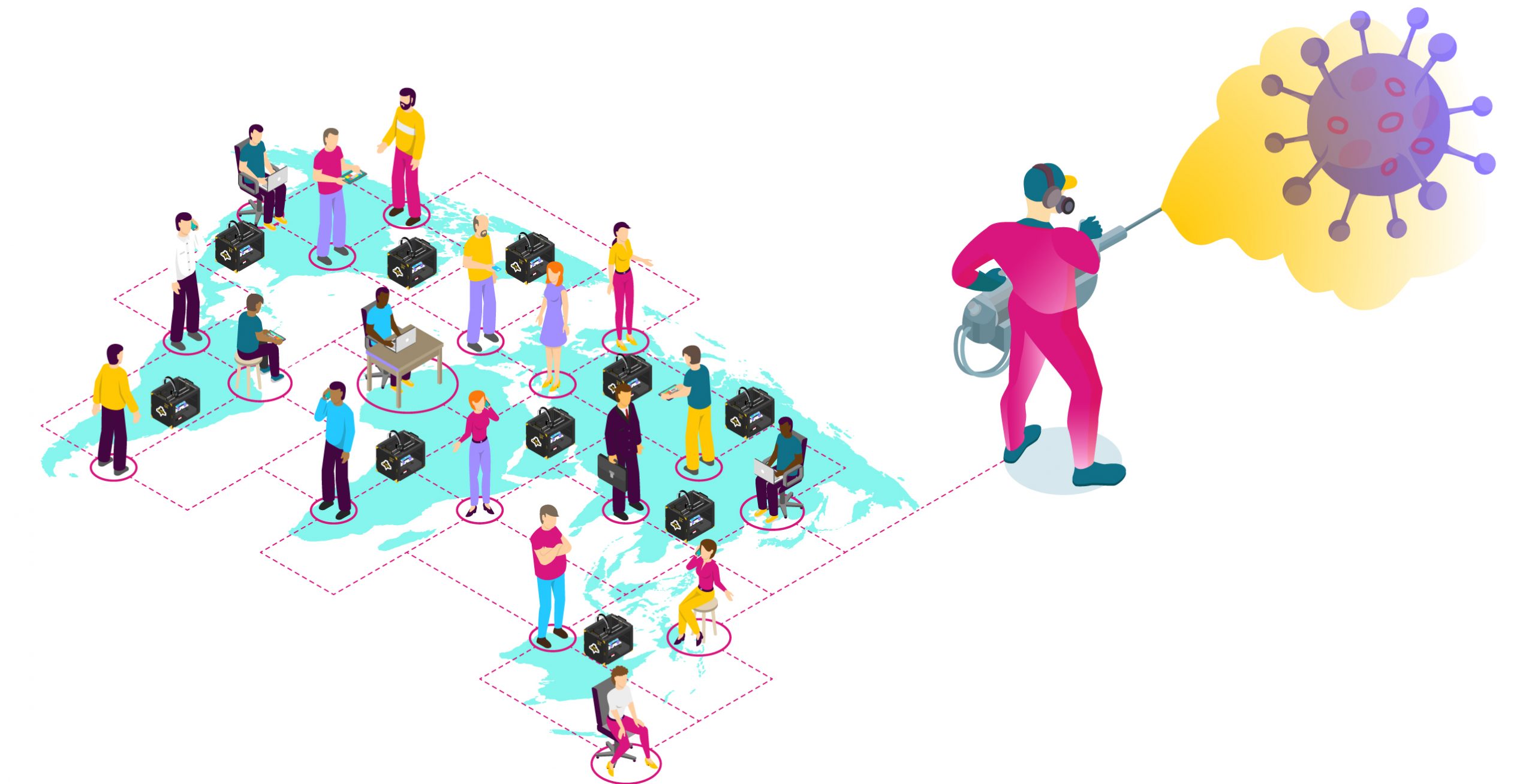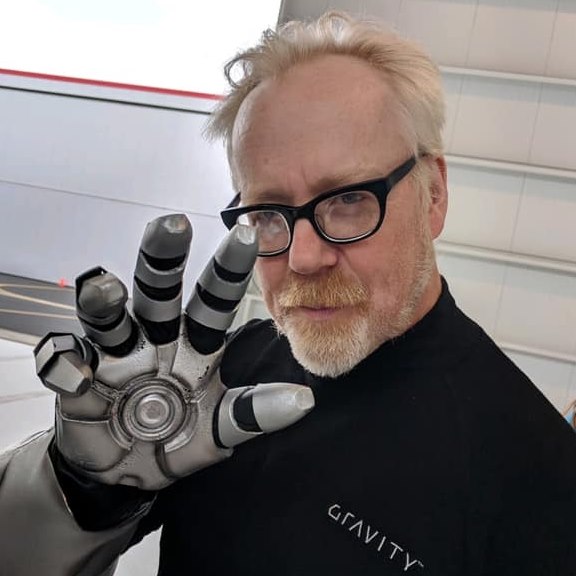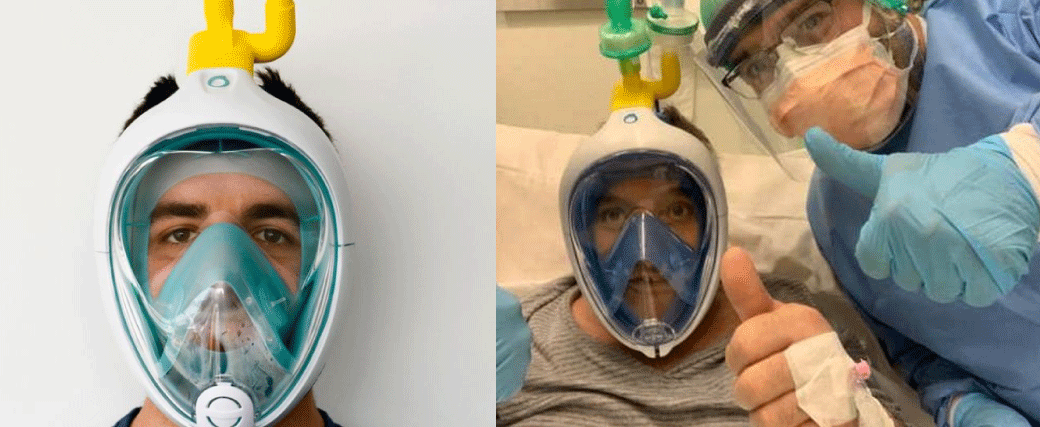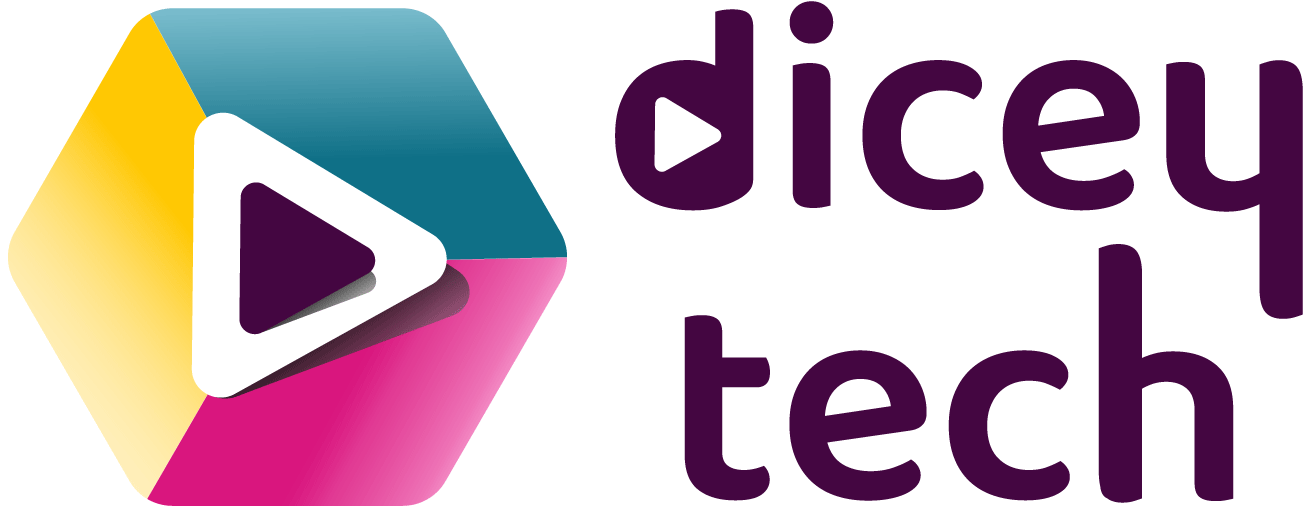
Makers vs. COVID-19: How Democratising the Ability to Make Saves Lives – But There’s a Catch
Isabelle Bolt & Alex Alexandrescu | 17 Aug 2020
Hurled into crisis, the world’s additive manufacturers are responding with rapid innovation, adapting materials and Personal Protective Equipment (PPE) to the needs of the current situation. The unexpected global demand for PPE coupled with months of unclear and contradictory government guidelines (1, 2) have been a catastrophe for doctors, nurses and others working on the front lines of the global crisis (3). Despite manufacturers’ best efforts in the race to supply, the heavy demand for critical medical devices has resulted in a new archetype joining the fight – the ‘Maker’.
Who is a Maker?
Essentially, a maker is someone who makes things for use and/or for fun. Although the current mainstream interpretation of makers is associated with engineering-oriented pursuits like electronics and robotics, a maker has traditionally been someone who made things out of metal, wood, textiles, and any other crafts.
“Humans do two things that make us unique from all other animals; we use tools and we tell stories. And when you make something, you’re doing both at once.” (Adam Savage)

A recent resurgence and empowerment of the maker can be attributed to the rise of the internet – democratising information and knowledge sharing – and the rise of 3D printers and open source electronics – democratising the ability to make precise, high quality, and functional things.
Makers Against the Pandemic
Global and domestic initiatives from communities (Open Source COVID19 Medical Supplies Group), not-for-profits (National 3D Printing Society), companies (Prusa), and even individuals like An Duong have responded to the pandemic by generating designs and mobilising networks of makers across the globe. Our team at Dicey Tech has also worked with some of these communities doing things like testing and iterating designs, as well as printing visors for face shields. But one of the most meaningful contributions has come from one of the most unexpected places – schools.
The Rise of the Classroom Maker
A growing number of schools in the UK and across the world have started investing in maker spaces and technologies like 3D printers and electronics to enable pupils to learn by creating and making things. The benefits of these investments are even more apparent now, as many of these schools responded to the pandemic by joining forces with the global maker community to make and deliver PPE equipment and any other components.

TIBHS, one of our partner schools, has produced over 700 face shields in the span of a couple of weeks, in addition to food packs and other initiatives.
Chris Hillidge, Director of Warrington-based Beamont Collegiate Academy’s Fablab, brought the team together to create similar face shields, as well as valves that connect oxygen lines to Decathlon snorkeling masks – an adaptation devised in Italy during the height of the pandemic. They are still active and have set up a gofundme page to raise funds to cover raw materials.
In Berkshire, Phil Hall, a Product Design Teacher at Windsor Boys School, who is also one of the pioneers of additive manufacturing in the classroom, managed to rally the troops and manufacture a whopping 4,000 face shields in 3 months.
We stand with our NHS and frontline professionals in this fight against the deadly virus. Pupils @tauheedulboys have equipped hundreds of our #NHSHeroes with protective PPE. #StarAppeal #WeAreStar pic.twitter.com/qaeZoJr3Nz
— TIBHS (@tauheedulboys) May 14, 2020
“The beauty of additive is the ease and speed in which production can resume. We can also print only the volume that is required – almost truly bespoke manufacturing. I thoroughly enjoyed being part of this project and the community benefitted hugely from it. It’s just a huge irony that, at the start of this, PPE was being manufactured to bail the Government out of a huge mess by the subject (D&T) that they have been trying to kill off for years!!” (Phil Hall)
But whilst some applications like face shields, ventilator components, and hands-free door openers turned out to be particularly useful (assuming appropriate sterilisation), others, like face masks, did not live up to the hype. Although we can assume intentions were mainly positive, issues around fit, seal, sterilisation, time, and cost proved to be too much, despite the enthusiasm of some maker community members.

A Lesson in Speed vs. Velocity
In critical times, velocity (speed coupled with direction) is more important to innovation than speed. Doing things as fast as possible can lead to negative outcomes without a view of the bigger picture.
Additive manufacturing is well positioned to respond to a shortage of medical devices due to its ability for rapid production of bespoke components – compensating for supply chain disruptions. But a shortage of critical equipment resulted in various prototypes being adopted without certification or extensive testing. In response, the FDA released official guidelines and advice regarding production and use of 3D printed devices and accessories.
New materials developed for 3D printing can lead to a host of interesting applications and devices, such as antimicrobial polymers that use copper nanoparticles to neutralise bacteria and viruses. However, the porous nature of 3D printed components adds a layer of complexity in terms of the sterilising process.
In some instances, the enthusiasm of makers was interpreted as a claim to replicate medical equipment. An example is the open source face mask NanoHack 2.0 made by Copper3D. Whilst resembling the highly effective N95 face mask, its 3D printed doppelganger should not be confused with medical grade device. Although the copper-infused material does have antibacterial properties, its use as a 3D printed face mask took a lot of scrutiny, forcing Copper3D to explicitly state that this not a regular PPE mask and should only be used as a last resort.
The added layer of complexity is created by the porous makeup of 3D printed parts and the process of keeping the items sterile (5. Research does indicate the effectiveness that copper nonocomposites have on viral microparticles, as the materials can effectively damage cell membranes of bacteria and viruses (6. However, consistent quality in prints, slower production time at scale, quality sterilisation and compliance (7) mean that additive manufacturing still has ways to go when it comes to producing critical, quality components at scale, in a decentralised way.
Moving Forward
Although the active response of the maker community to the pandemic has been overwhelmingly positive, we have learned that such enthusiasm, even if driven by good intentions, can lead to misinterpretations and counterproductive outcomes. For specific applications, where quality control is paramount, open source communities would massively benefit from including and engaging in close collaboration with specialists and regulatory bodies. This would slow down the speed of innovation but it would also provide a validated direction.
3D printing is inherently powerful in democratising and decentralising manufacturing, particularly when supply chains are disrupted. Although not geared for fast and large scale batch production, additive manufacturing can deliver highly detailed customisation and fill in supply gaps when and where needed.
The rapid response to COVID-19 is only a coup d’oeil into the capability of additive manufacturing to redefine how we make things and to unlock a new generation of makers, who create solutions to the world’s biggest challenges.
For more on makers against the pandemic, have a look at: How Making 3D Printers Widely Available Enabled Covid-19 Solutions: From RepRap to Prusa



